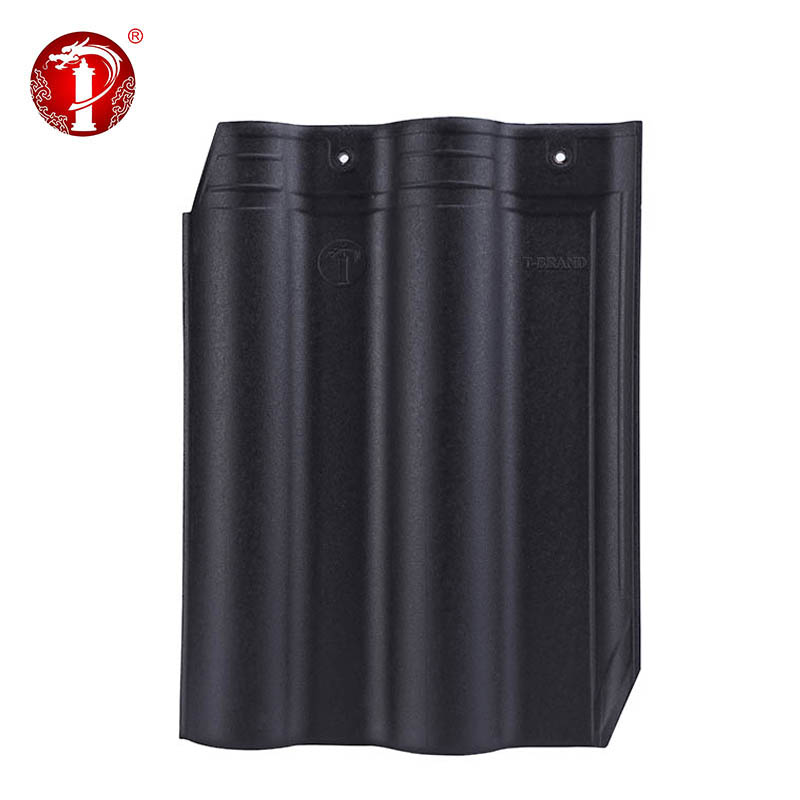Ensuring Success: Installation Requirements and Considerations for Glazed Ceramic Roof Tiles
2024-03-07
Installing a new roof is a significant investment, and ensuring it's done correctly is crucial for the long-term performance and durability of the structure. Glazed ceramic roof tiles, known for their aesthetic appeal and durability, require specific installation techniques to maximize their potential. In this blog post, we'll explore the key installation requirements and considerations for glazed ceramic roof tiles to help homeowners and contractors achieve a successful and lasting installation.
1. Structural Integrity Assessment:
Before installing glazed ceramic roof tiles, it's essential to assess the structural integrity of the roof substrate. The roof must be capable of supporting the weight of the tiles, which can be considerable compared to lighter roofing materials like asphalt shingles. Any underlying issues such as rot, damage, or inadequate support should be addressed before proceeding with installation to ensure a solid foundation for the tiles.
2. Underlayment and Waterproofing:
Proper underlayment and waterproofing are essential for protecting the roof structure from moisture infiltration and ensuring the longevity of the glazed ceramic roof tiles. A high-quality underlayment, such as asphalt-saturated felt or synthetic underlayment, should be installed over the roof substrate before laying the tiles. Additionally, flashing and waterproofing details around roof penetrations, valleys, and eaves should be carefully implemented to prevent water intrusion and leaks.
3. Tile Fastening and Layout:
Glazed ceramic roof tiles should be fastened securely to the roof substrate using corrosion-resistant nails or screws. The tiles should be laid in a staggered pattern, with each row overlapping the one below to ensure proper water shedding and prevent leaks. Care should be taken to maintain uniform spacing and alignment of the tiles for a neat and professional appearance.
4. Hip and Ridge Installation:
Special attention should be paid to the installation of hip and ridge tiles, which are used to cover the intersections and edges of the roof. Hip and ridge tiles should be securely fastened and properly aligned to provide a watertight seal and enhance the overall aesthetic of the roof. Additionally, ridge vents or other ventilation systems should be integrated into the design to ensure proper airflow and ventilation in the attic space.
5. Safety Considerations:
Safety is paramount during the installation of glazed ceramic roof tiles. Installers should use appropriate personal protective equipment (PPE) such as gloves, safety glasses, and non-slip footwear to minimize the risk of accidents and injuries. Additionally, proper ladder safety practices should be followed, and fall protection measures should be implemented when working at heights.
6. Professional Installation:
Given the specialized nature of glazed ceramic roof tile installation, it's recommended to hire experienced roofing contractors who are familiar with the unique requirements and techniques involved. Professional installers have the expertise and tools necessary to ensure a high-quality installation that meets industry standards and manufacturer specifications.
In conclusion, installing glazed ceramic roof tiles requires careful planning, attention to detail, and adherence to specific requirements and considerations. By following proper installation techniques and enlisting the help of qualified professionals, homeowners can achieve a beautiful and durable roof that provides reliable protection and enhances the value of their property for years to come.



